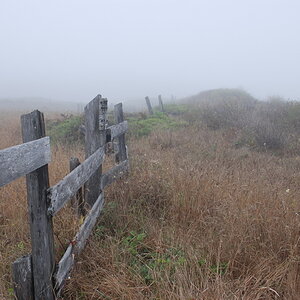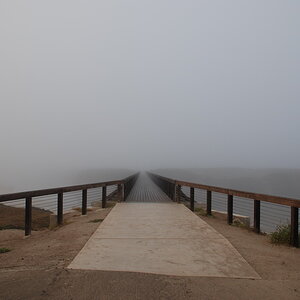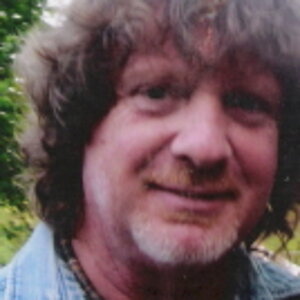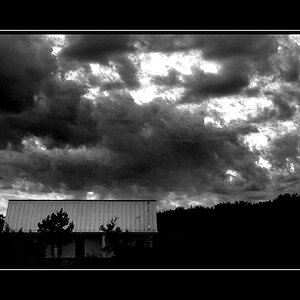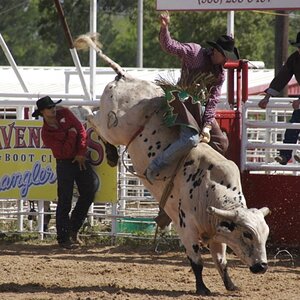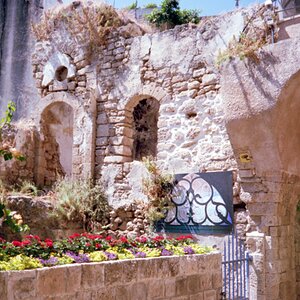firecrow
TPF Noob!
- Joined
- May 6, 2008
- Messages
- 6
- Reaction score
- 0
- Location
- Phoenix, AZ
- Can others edit my Photos
- Photos NOT OK to edit
The main three things in my own work I would like to improve are
1. Reducing stray reflections and glare on the body of the car. Most of what I take is still at shows where there are other cars, people and objects around and there is only so much of that a person can negotiate. Should I look into getting a polarizer, do they really help with reflections off of metal? If so what kind? or what other solutions do people have?
2. Decreasing the amount of light variation (mainly shadow) over the car. Only so much can be done in photoshop and often raising the shadow levels in parts introduces unacceptable noise. I suppose I should use some kind of flash -- in my other kind of work I never use flash and lighting overall is something I know next to nothing about. What I am wondering is if the built in flash on my camera (Nikon D70) is adequate or should I get some kind of external flash and if so what is a good place to start? I could try stuff but I'd like to know where the ceiling is, whether it's me or my equipment. I am obsessed with quality and getting things right, and am really inexperienced with lighting.
3. Having more control over the orientation of the plane of focus (I would like to remain with a more "straight" kind of photography). I guess the only solution here is a "perspective control" (tilt/shift) lens?
Thanks for any advice!
1. Reducing stray reflections and glare on the body of the car. Most of what I take is still at shows where there are other cars, people and objects around and there is only so much of that a person can negotiate. Should I look into getting a polarizer, do they really help with reflections off of metal? If so what kind? or what other solutions do people have?
2. Decreasing the amount of light variation (mainly shadow) over the car. Only so much can be done in photoshop and often raising the shadow levels in parts introduces unacceptable noise. I suppose I should use some kind of flash -- in my other kind of work I never use flash and lighting overall is something I know next to nothing about. What I am wondering is if the built in flash on my camera (Nikon D70) is adequate or should I get some kind of external flash and if so what is a good place to start? I could try stuff but I'd like to know where the ceiling is, whether it's me or my equipment. I am obsessed with quality and getting things right, and am really inexperienced with lighting.
3. Having more control over the orientation of the plane of focus (I would like to remain with a more "straight" kind of photography). I guess the only solution here is a "perspective control" (tilt/shift) lens?
Thanks for any advice!


 .
.


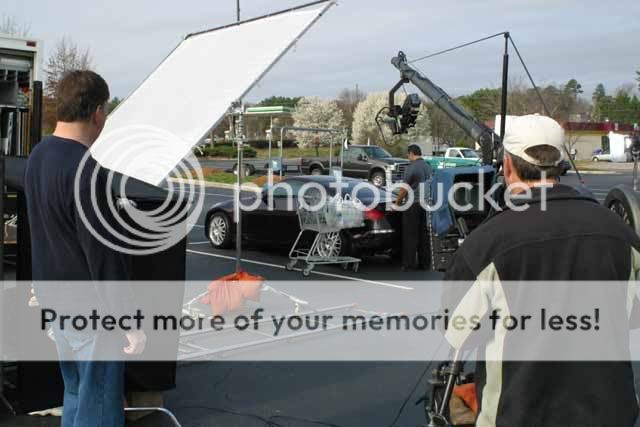
![[No title]](/data/xfmg/thumbnail/38/38735-2245cc1b04db3f96fa74095ae14558a6.jpg?1619738703)
